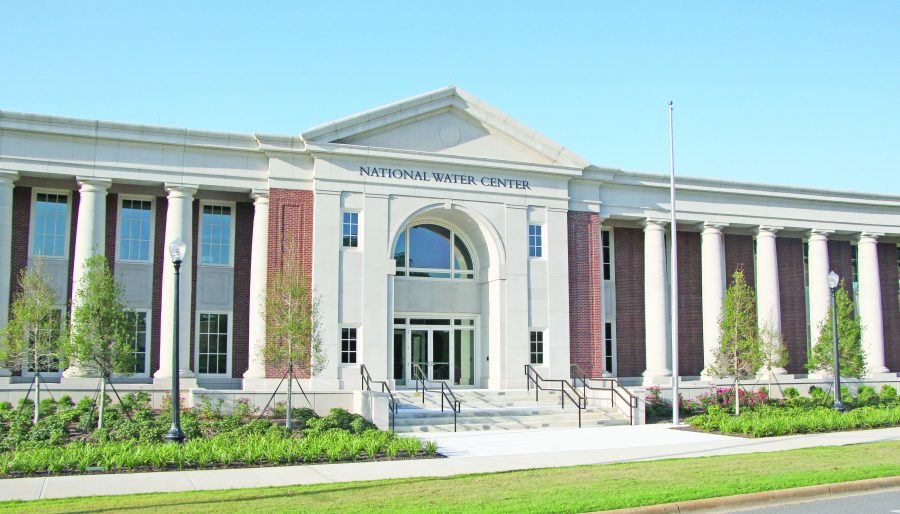National Oceanic and Atmospheric Administration Hydrology Laboratory Chief Don Cline said the 65,000 square foot green building, which was completed in December, will have two major components.
“One is what we call operations, which is running models, bringing in data from across the country and using the data and the models to evaluate water resources, water availability and hazards like floods and droughts,” he said. “The other main function is research and development. It supports operations.”
Senator Richard Shelby announced that the Subcommittee on Commerce, Justice and Science passed an appropriations bill alloting ?$4 million to the center for the 2015 fiscal year.
The legislation has passed the Senate and must go through the House and the President’s budget, with an official decision available ?Oct. 1. Cline is optimistic about the chances that it will be approved and said the $4 million would be used on centralized water forecasting demonstration, which has three parts.
“One of the parts of this demonstration project is to bring all of that data from all 13 river forecast centers into one place and make it available as a data service. The second major part of the demonstration project is to evaluate the skill of our river forecast from those 13 centers and to evaluate the skill of new models so that we can make decisions about how to improve modeling and improve forecasting,” he said. “The third piece of that demonstration project is to actually centralize forecasting. Those three activities will take a few years to develop, but the $4 million dollars is to support that development.”
The University has partnered with the National Oceanic and Atmospheric Administration, the U.S. Geological Survey and the Army Corps of Engineers. FEMA and Fish and Wildlife have also had a hand in working with the center.
Shelby Legislative Correspondent Jennifer Deci said NOAA’s National Weather Service will be the facility’s primary user.
“The goal is to coordinate activities such as flood warnings, drought predictions, long-term monitoring and research,” she said. “The National Water Center will push the envelope of innovative research through computer modeling and development of new technologies in order to advance our nation’s ability to better forecast, better warn and better prepare for ?weather events.”
The center will also be collaborating with the University to do research. Interim Provost Joe Benson said the center will allow faculty and students to work with federal scientists in addressing “issues of mutual interest.”
“From the standpoint of the community, the center, when fully staffed, will bring up to 200 professionals to Tuscaloosa, which will have a positive impact on the local economy,” he said.









